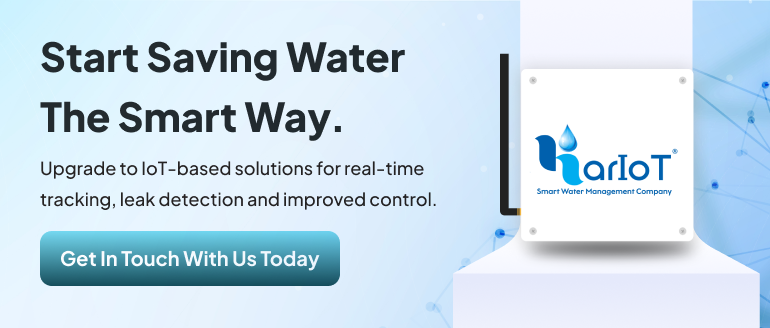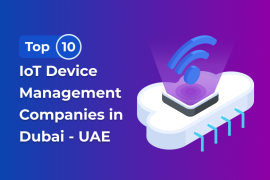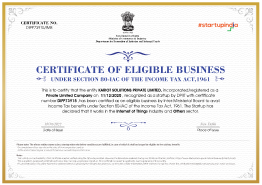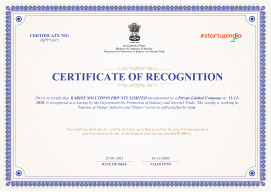Water conservation is increasingly becoming a critical issue in the UAE. The country faces serious water scarcity, and it ranks among the highest in water usage per person. Because of this, there is growing pressure on property developers and building managers to use smarter and more sustainable solutions. Among all sectors, multifamily properties stand out. Their complex infrastructure and high number of residents often lead to high water usage. So, finding efficient ways to manage water has become urgent.
Understanding Key Water Conservation Metrics in the UAE
Before we dive deeper into IoT’s impact, it’s important to understand the current state of water usage in the UAE. The chart below highlights some key statistics that show why urgent action is needed, especially in multifamily properties.

These statistics demonstrate the potential for smart water management using IoT to drive real savings and efficiency.
Why Water Conservation Is Urgent in Multifamily Homes
Multifamily buildings in the UAE deal with unique challenges when it comes to water conservation. One of the biggest problems is the lack of real-time water data. Without constant monitoring, water leaks go unnoticed, inefficient systems keep running, and tenants use water without limits. Many building managers only realize there’s a problem when they receive high water bills or deal with shortages.
Traditional water management systems simply don’t offer enough visibility. As a result, water is wasted every day. The UAE’s National Water Security Strategy 2036 clearly shows the need to reduce total water demand by 21%. This can only be achieved by bringing in smart technologies like IoT remote monitoring solutions. Since multifamily buildings use a large share of the country’s water, their participation is essential. Thankfully, new technology offers a way forward.
How IoT Makes Water Conservation Smarter
The Internet of Things, or IoT, is already changing how buildings in the UAE manage water. IoT devices like smart sensors monitor water flow and usage in real time. They send alerts when they detect leaks, sudden spikes in usage, or anything unusual. This allows maintenance teams to respond immediately, avoiding damage and preventing water loss.
Key benefits of IoT in water conservation include:
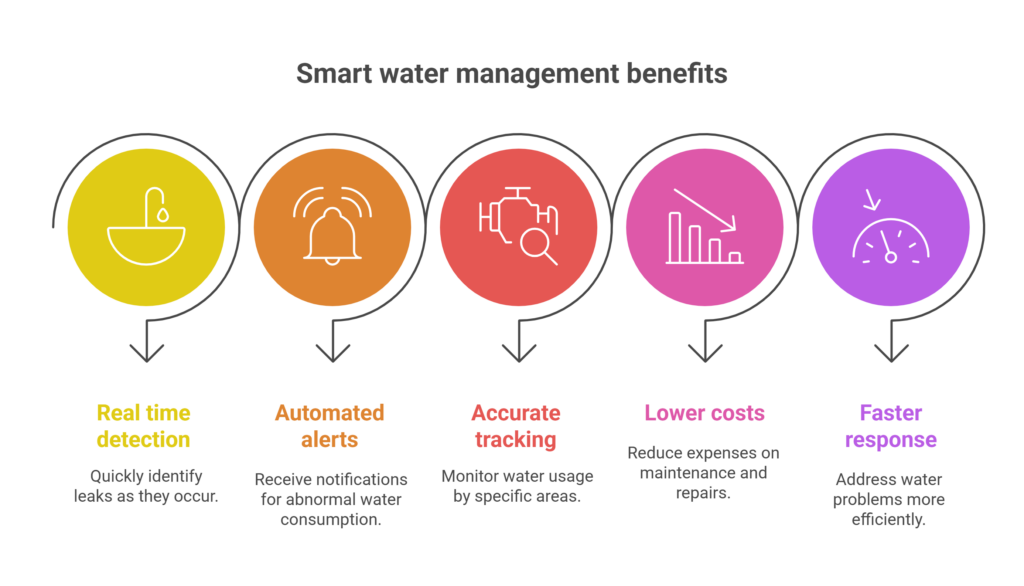
- Leak detection in real time
- Automated alerts for unusual water usage
- Accurate tracking of consumption by unit or area
- Lower maintenance and repair costs
- Faster response to water issues
Another smart feature is smart irrigation systems using IoT. These systems automatically adjust watering based on real-time weather data and soil moisture levels. If it rains, they skip watering. If the soil remains moist, they postpone the next watering cycle. This prevents overwatering in gardens and lawns, something very important in the UAE’s dry climate.
Real Results: Case Studies in the UAE
In Dubai, several multifamily communities have already started using IoT for water conservation. Within the first year, some buildings saw a 20% drop in water use. The main reason was better leak detection and smart control of irrigation systems. These case studies prove that IoT works. It turns data into action, which leads to real savings.
Examples of locations in the UAE where IoT is being used for water conservation:
- Dubai Hills Estate – Implemented smart irrigation to reduce landscape water use.
- Jumeirah Village Circle – Integrated leak sensors across multifamily units.
- Business Bay Residences – Reduced water consumption by 18% within months.
- Silicon Oasis Communities – Adopted smart water meters for real-time tracking..
The government is also helping. Dubai Electricity and Water Authority (DEWA) introduced the “Smart Living” initiative to encourage smart water solutions. This program supports property developers in adopting IoT and other digital technologies. As a result, IoT is no longer seen as a luxury. It’s becoming the new standard.
Summary Table: Water Conservation Insights in the UAE
| Metric | Value/Impact | Source/Note |
|---|---|---|
| UAE per capita water use | 550 liters/day | Compared to the global average of ~250 liters/day |
| National water demand reduction goal | 21% by 2036 | UAE National Water Security Strategy 2036 |
| Water savings with IoT systems | 20% – 30% | Based on Dubai residential case studies |
| Leak-related water loss (old infrastructure) | Up to 30% | UAE Ministry of Energy & Infrastructure |
| Water use reduction (automated irrigation) | 25% – 35% in landscaped areas | Through weather and soil-sensor-based adjustments |
| First-year water use drop in IoT buildings | Up to 20% | Based on Dubai property management company reports |
| Smart technology ROI | 18–24 months | Estimated payback period through utility savings |
Benefits Beyond Just Water Savings
Water conservation through IoT brings more than just savings on utility bills. It also adds value to the property. Smart buildings are seen as modern and responsible. They attract more tenants who care about sustainability and convenience.
Additionally, buildings with IoT systems face fewer complaints. Residents are less likely to deal with water outages or unexpected problems. Maintenance teams work more efficiently because they know where the issue is before they even arrive. This improves the overall living experience.
Top 5 benefits of smart water conservation systems:
- Lower water bills
- Fewer maintenance emergencies
- Increased property value
- Better compliance with regulations
- Higher tenant satisfaction
Challenges in Implementation
Of course, there are challenges to using IoT in older multifamily properties. Installing smart sensors and systems can be expensive upfront. Also, older buildings may need upgrades to support these technologies. This can make property owners hesitate.
However, the benefits far outweigh the initial cost. Lower water bills, fewer repairs, better tenant satisfaction, and support for national goals all add up. And as IoT technology becomes more affordable, these smart systems are becoming easier to install even in older buildings. On top of that, government incentives are making it easier for developers to leap into IoT device management and other support tools.
The Future of Water Conservation in the UAE
Looking ahead, water conservation will continue to be a top priority for the UAE. The country is working hard to become a global leader in sustainability. This means all sectors, especially real estate, must play their part. Multifamily buildings that adopt IoT today are better prepared for the future.
IoT technology will only grow more powerful. With more data and smarter systems, property managers will gain deeper insights and more control. This leads to faster actions, fewer losses, and stronger results. In the long run, buildings that embrace smart water conservation will stand out as leaders in the market by leveraging tools like the IoT gateway and IoT tank level monitoring.
Final Thoughts
Water conservation in the UAE isn’t just a trend; it’s a necessity. For multifamily properties, the need to act is urgent. IoT offers a clear and effective way to reduce water waste, detect leaks early, and manage resources better. By using real-time data and smart systems, building managers can make a real difference.
The move toward IoT is not just about saving water. It’s about creating better homes, supporting national goals, and building a smarter future. As costs drop and support grows, now is the best time to adopt IoT for water conservation. Smart choices today will lead to a more sustainable tomorrow.


